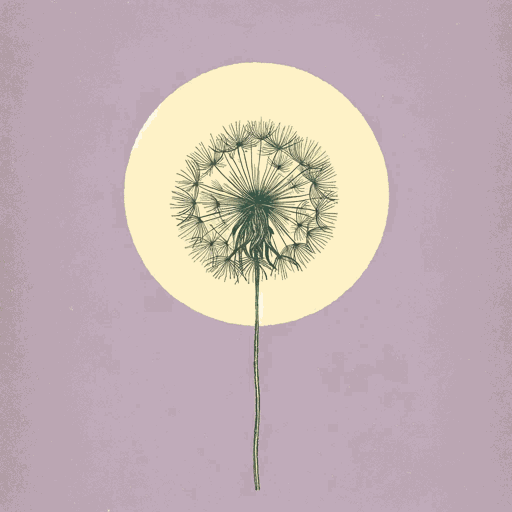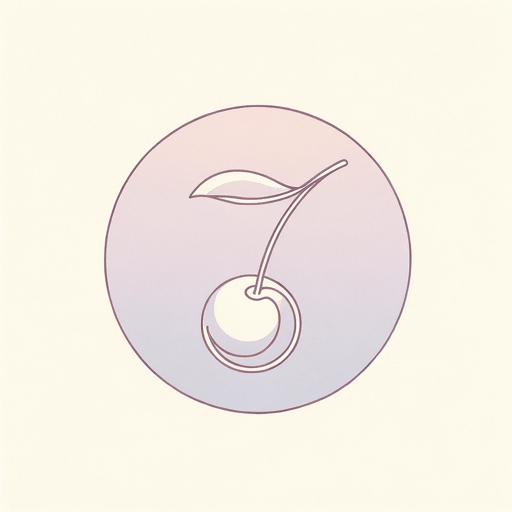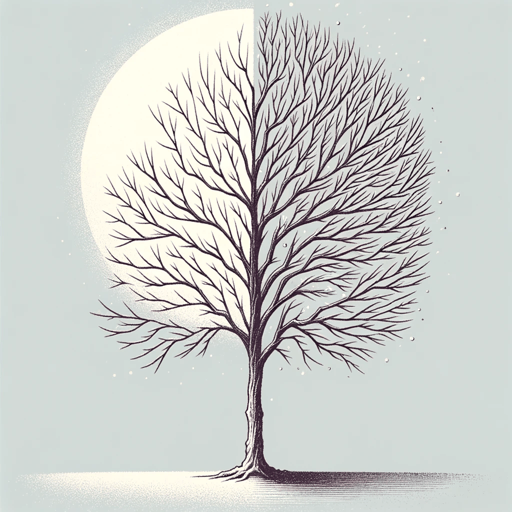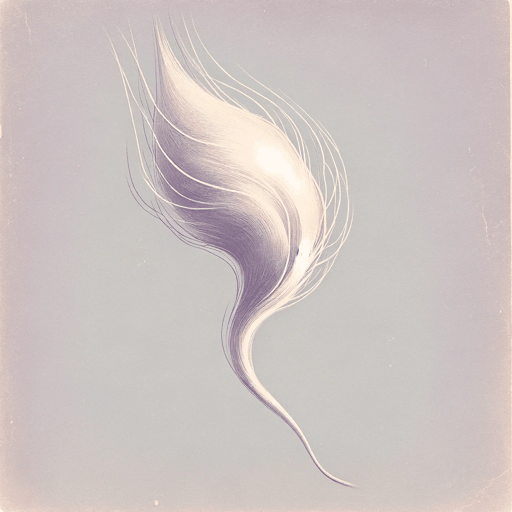19 pages • 38 minutes read
Gwendolyn BrooksTo Be in Love
Fiction | Poem | Adult | Published in 1963A modern alternative to SparkNotes and CliffsNotes, SuperSummary offers high-quality Study Guides with detailed chapter summaries and analysis of major themes, characters, and more.
Summary and Study Guide
Overview
“To Be in Love” first appeared in Gwendolyn Brooks’s Selected Poems (1963). The poem appears in the collection’s last section, which was dedicated to new work. The other sections were culled from A Street in Bronzeville (1945), the Pulitzer Prize-winning, Annie Allen (1949), and The Bean Eaters (1960). The poems in Selected Poems are considered to be among Brooks’s best. “To Be in Love” is a lyric poem of 32 lines that details the experience of someone who is in love. However, the lover’s physical absence, as well as imbalanced emotional reciprocity, endangers that love, causing heartbreak for the speaker. This poem is typical of Brooks’s other lyric, free verse poems in her mid-career in that it centers on emotional concerns while employing deliberate sound techniques and vivid imagery to capture a sense of realism. Disillusionment is a predominant theme in “To Be in Love,” a subject that appears throughout her oeuvre. Brooks may be better known for her poems that comment on the urban poor and the plight of Black people in the United States, such as the widely anthologized “We Real Cool” (See: Further Reading & Resources). In 2022, poet and host Ada Limón featured “To Be in Love” on The Slowdown Show, a podcast presented by the Poetry Foundation.
Poet Biography
Gwendolyn Elizabeth Brooks was born in Topeka, Kansas, on June 7, 1917, to David Anderson Brooks, a janitor, and Keziah Wims Brooks, a teacher and pianist. When Brooks was a baby, the family moved to the South Side of Chicago. Brooks was a lifelong resident of Chicago and wrote often of the struggles of the African American people who populated it. Encouraged by her parents, Brooks began writing at an early age and published her first poem in American Childhood at the age of 13.
Throughout her teenage years, Brooks wrote and published several poems for The Chicago Defender. By the time she reached 18, she was a regular contributor. She attended junior college, trained to be a typist, and worked a series of jobs that allowed her to pursue her writing career. In 1939, Brooks married Henry Lowington Blakely, Jr. The couple had their son Henry in 1940.
Early on, Brooks received encouragement from established American poets Langston Hughes and James Weldon Johnson. In 1945, novelist Richard Wright brought Brooks to the attention of a major publishing house, Harper & Row, who subsequently published A Street in Bronzeville. The book was received with immediate praise for its realistic portrayals of the urban Chicago poor and its unflinching interest in the lives of Black women. In 1949, Brooks received a Guggenheim Fellowship and was lauded by Mademoiselle magazine as “Ten Young Women of the Year.”
Brooks followed this success with another collection about Black life in Chicago, Annie Allen (1949). The book details how the titular character grows into womanhood against the urban backdrop. To the literary establishment’s surprise, Annie Allen won the Pulitzer Prize in 1950, making Brooks the first African American to win the prestigious award. In 1951, Brooks gave birth to her second child, Nora. In 1953, Brooks produced the only fictional prose work of her career. Maud Martha is a series of 34 vignettes set in Chicago. It, too, focuses on Brooks’s common topics: female character development, sexist behaviors, racism from white people, and colorism within the Black community. Ten years later, Selected Poems appeared, featuring a collection of poems from her previous collections as well as new material.
In 1967, Brooks attended a conference for Black writers and met Amiri Baraka and Haki R. Madhubuti, who introduced her to the new wave of Black poets and their concerns. Afterward, her own activism increased and her poetic style shifted to accommodate the emotions created by the civil rights movement and the assassinations of such important figures like Malcolm X and Martin Luther King, Jr. Brooks’s poems were always about the Black experience but became more geared toward commentary on social ills. She also left Harper & Row to support up-and-coming Black publishers. In 1968, she garnered acclaim for In the Mecca, an extended poem about a mother’s search for her lost child through a Chicago ghetto. It was nominated for the National Book Award, and in 1968, she was appointed Poet Laureate of Illinois, a position she held until her death. In 1969, she published Riot, which discussed the death of King and the subsequent riots in Chicago.
In 1972, she published her first volume of autobiography, Report From Part One, which consisted of a combination of memoir and interviews. Four poetry collections—Family Pictures (1970), Aloneness (1971), Aurora (1972), and Beckonings (1975)—were published in this decade, all dealing with poverty, racism, and women’s issues. In the 1980s, she published seven collections that met with varying acclaim: Primer for Blacks (1980), To Disembark (1981), Black Love (1982), Mayor Harold Washington; and, Chicago, the I Will City (1983), The Near-Johannesburg Boy, and Other Poems (1987), Gottschalk and the Grande Tarantelle (1988), and Winnie (1988). From 1985-1986, Brooks also served as the Poet Laureate of the United States. In 1994, Brooks was selected to be a Jefferson Lecturer of the National Endowment of the Humanities, the highest award in the humanities given.
Children Coming Home was published in 1991 and Report from Part Two was released in 1996, the same year that Brooks’s husband Henry died. Brooks herself died in Chicago on December 3, 2000, at the age of 83. In 2003, In Montgomery, and Other Poems, her final collection of poetry for adults, was published posthumously. Throughout her life, Brooks was highly regarded as a writer and teacher who was influential to a host of young writers.
Poem Text
Brooks, Gwendolyn. “To Be in Love.” 1963. The Slowdown Show.
Summary
“To Be in Love” is a lyrical poem that lists how the speaker is influenced by the state of loving someone. This emotion makes one go through life both more tenderly and happy with oneself. As the speaker observes nature, the world is colored by what they imagine their beloved would feel. The speaker imagines that they and the beloved share the same emotions at the same time despite being miles apart. However, holding onto love is also overwhelming. Being apart creates a ”ghastly freedom” (Line 22) and a “golden hurt” (Line 24). The speaker wonders how, when, and if they should speak to the beloved about their devotion, fearing to do so will destroy the precious balance they’ve found. They are convinced they will see love’s beauty turn to nothing.
Related Titles
By Gwendolyn Brooks

A Bronzeville Mother Loiters in Mississippi. Meanwhile, a Mississippi Mother Burns Bacon
Gwendolyn Brooks

A Sunset of the City
Gwendolyn Brooks

Boy Breaking Glass
Gwendolyn Brooks

Cynthia in the Snow
Gwendolyn Brooks

Maud Martha
Gwendolyn Brooks

my dreams, my works, must wait till after hell
Gwendolyn Brooks

Speech to the Young: Speech to the Progress-Toward (Among them Nora and Henry III)
Gwendolyn Brooks

The Ballad of Rudolph Reed
Gwendolyn Brooks

The birth in a narrow room
Gwendolyn Brooks

The Blackstone Rangers
Gwendolyn Brooks

The Chicago Defender Sends a Man to Little Rock
Gwendolyn Brooks

The Crazy Woman
Gwendolyn Brooks

The Lovers of the Poor
Gwendolyn Brooks

The Mother
Gwendolyn Brooks

the rites for Cousin Vit
Gwendolyn Brooks

To The Diaspora
Gwendolyn Brooks

Ulysses
Gwendolyn Brooks

We Real Cool
Gwendolyn Brooks

